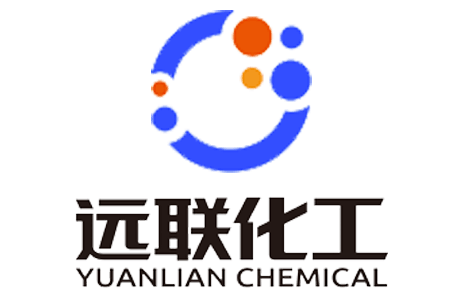
Several Common Phenomena Of ''fighting'' Of Fertilizer Elements
Element "fighting" is not new. It not only occurs between large elements, between medium and trace elements, between medium and trace elements and large elements, but also in soil and as objects.
There are many reasons for "fighting". Generally speaking, it is mainly due to the chemical reaction between nutrients to form insoluble matter, the competitive absorption between elements, the inhibition between specific elements, etc. It can be seen that the antagonistic effect of nutrient elements will have corresponding objects, and the fertilization method, especially excessive fertilization, will also affect the occurrence of antagonistic effect.
Excessive ammonium nitrogen in nitrogen fertilizer is easy to cause excessive ammonium ions in soil solution to antagonize magnesium and calcium ions, and affect the absorption of magnesium and calcium by crops. Excessive application of nitrogen fertilizer stimulates crop growth, resulting in a large increase in potassium demand, which is easy to cause crop potassium deficiency.
Phosphorus fertilizer can not be applied simultaneously with zinc, because phosphorus and zinc can form zinc phosphate precipitation and reduce the utilization rate of phosphorus and zinc. Excessive application of phosphorus fertilizer will inhibit the absorption of nitrogen by crops, and can also cause copper, boron and magnesium deficiency. Excessive phosphorus will hinder the absorption of zinc, cause zinc fixation and lead to zinc deficiency. Excessive application of acid phosphate fertilizer such as calcium superphosphate will also activate substances harmful to crop growth and development in soil, such as active aluminum, active iron and cadmium, which is unfavorable to production.
Excessive application of potassium fertilizer will first cause concentration barrier and make plants prone to diseases and insect pests, and then antagonize with calcium, magnesium and boron in soil and plants. In serious cases, it will cause crop diseases, such as navel rot and leaf color yellowing of pepper, tomato and other fruits, which can seriously reduce production.
Too much calcium in medium and trace element fertilizer hinders the absorption of nitrogen and potassium, which is easy to scorch the edge of new leaves, thin stems and light leaf color. Excessive application of lime causes excessive calcium ions in soil solution, which has an antagonistic effect with magnesium ions and affects the absorption of magnesium by crops. At the same time, it is also easy to cause the lack of boron, iron and phosphorus in the working object. If there is too much magnesium, the stem is thin and weak, and the fruit becomes smaller, it is easy to breed fungal diseases. Calcium and magnesium can inhibit the absorption of iron, because calcium and magnesium are alkaline, which can change iron from easily absorbed divalent iron to difficult to absorb trivalent iron. Boron deficiency affects the absorption of water and calcium and their movement in the body, resulting in calcium deficiency in meristematic cells, blocking the formation of cell membrane, making the fluid of young buds and granulocytes strongly acidic, resulting in the cessation of growth. Boron deficiency can also induce iron deficiency in the body and reduce disease resistance.
When the pH value of soil is acidic or low, it can antagonize the absorption of cations; In alkaline soil or with the increase of pH value, the antagonism between cations decreases, while the antagonism between anions increases.
Yuanlian Chemical specializes in the production of polyaspartic acid (PASP),tetrasodium iminodisuccinate(IDS), GLDA, MGDA etc. with stable quality and excellent quantity!




Contact us